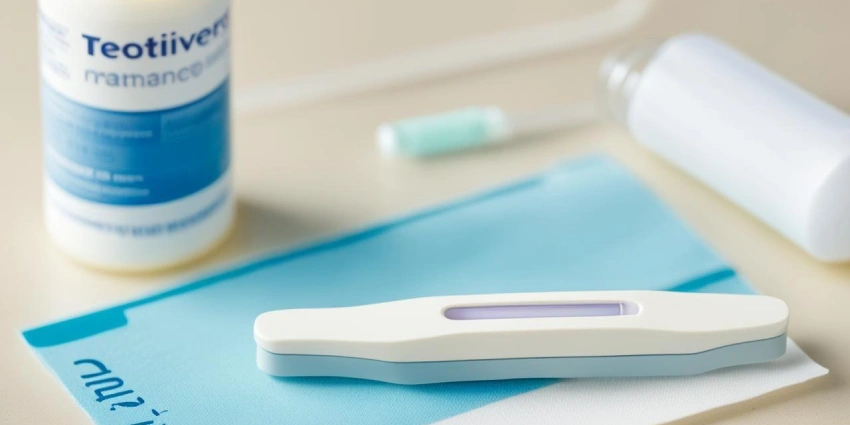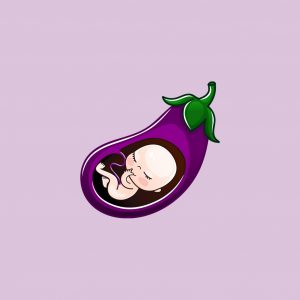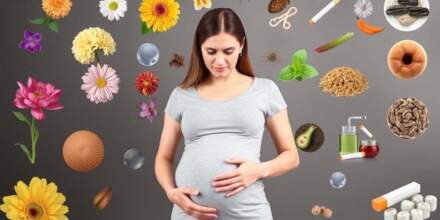A Closer Look at Those Unexpected Cramps
Cramping after your period can leave you wondering, “Is this normal?” or even, “Could I be pregnant?” While many of us are used to the monthly discomfort of menstrual cramps, feeling cramps after your period ends can be confusing—especially if you’re trying to conceive. Let’s unpack what might be going on.
👉 Learn more about what causes cramping after your period in our full article: Post-Period Cramps: Could They Indicate Pregnancy?
Ask Dr. Stan
1. Can cramping after my period really be a sign of pregnancy?
Yes, it can! If you’re around 6–10 days past ovulation, you might be experiencing what’s called implantation cramping. This happens when a fertilized egg attaches to the lining of the uterus. It’s usually milder than menstrual cramps and may be accompanied by light spotting. If you think this might be the case, consider taking a pregnancy test a few days after your missed period for a more accurate result.
2. How do I know if my post-period cramps are something to worry about?
If your cramps are severe, last more than a few days, or come with symptoms like heavy bleeding, nausea, or unusual discharge, it’s time to speak with your women’s healthcare provider. These could be signs of secondary dysmenorrhea caused by something other than your period—like endometriosis or an infection—and may need medical attention.
3. What’s the difference between primary and secondary dysmenorrhea?
Primary dysmenorrhea is the more common type—it’s the cramping you feel just before or during your period due to uterine contractions. Secondary dysmenorrhea happens outside your typical cycle and can be caused by conditions like adenomyosis, fibroids, or pelvic inflammatory disease. If cramps start to show up at unusual times or become more intense, a medical evaluation is a good next step.
4. What does implantation cramping feel like compared to period cramps?
Implantation cramping tends to be lighter and shorter than typical menstrual cramps. You might feel a gentle pulling, tingling, or dull ache in the lower abdomen. Unlike period pain, which often builds and lasts a few days, implantation cramps can come and go within hours or a day. Still, everybody is different—if you’re unsure, it’s wise to take a pregnancy test or talk to your provider.
5. Could these cramps mean something serious, like an ectopic pregnancy?
Ectopic pregnancy occurs when the fertilized egg implants outside the uterus, often in the fallopian tube. This condition can be life-threatening if not caught early. If you have sharp, one-sided pain, unusual bleeding, or feel faint or dizzy, seek medical help immediately. When in doubt, err on the side of caution and contact your provider.
6. Are there non-pregnancy causes for post-period cramps I should know about?
Absolutely. Ovulation pain (mittelschmerz), endometriosis, adenomyosis, ovarian cysts, uterine fibroids, and infections like pelvic inflammatory disease (PID) are all potential causes. Each of these has different characteristics and treatment needs. That’s why it’s helpful to track your symptoms and consult your women’s health provider if something feels off.
7. When is the best time to take a pregnancy test if I’m cramping but had a recent period?
It’s best to wait until the first day of your missed period—or about 14–15 days after ovulation—to take a home pregnancy test. Testing too early might lead to a false negative, as hCG levels may not be high enough to detect. If you’re unsure when you ovulated, a repeat test a few days later can provide a clearer answer.
8. How do uterine infections or cervical stenosis contribute to cramping?
Uterine or vaginal infections can lead to persistent cramping, especially if accompanied by discharge, odor, or fever. Cervical stenosis—a narrowing of the cervical opening—can trap menstrual flow and cause significant pain even after your period ends. These conditions require diagnosis and treatment from a healthcare professional to avoid complications.
9. What are some ways to relieve post-period cramps at home?
You can try over-the-counter pain relievers like ibuprofen or acetaminophen, applying a heating pad, gentle exercise, staying well-hydrated, or avoiding caffeine and processed foods. Stress management techniques like yoga, meditation, and deep breathing can also help. If your cramps persist despite these strategies, it’s time to talk with your provider about next steps.
10. When should I see a provider about my post-period cramps?
If your cramps are intense, come with unusual symptoms (like fever, vomiting, or foul-smelling discharge), or interfere with your daily life, it’s a good idea to get evaluated. Additionally, if you’re trying to conceive and experiencing unexplained pain, your provider can help determine whether something like endometriosis or a hormonal imbalance is playing a role.










